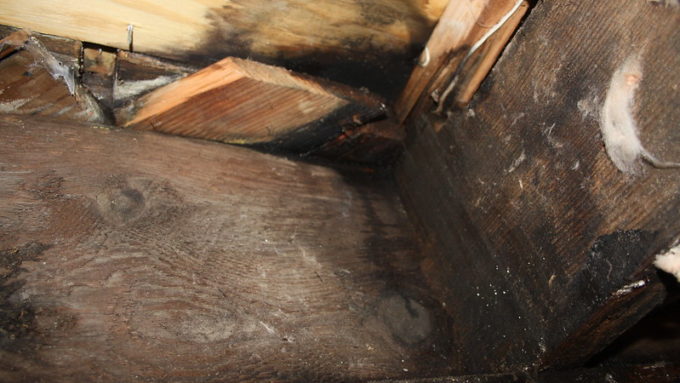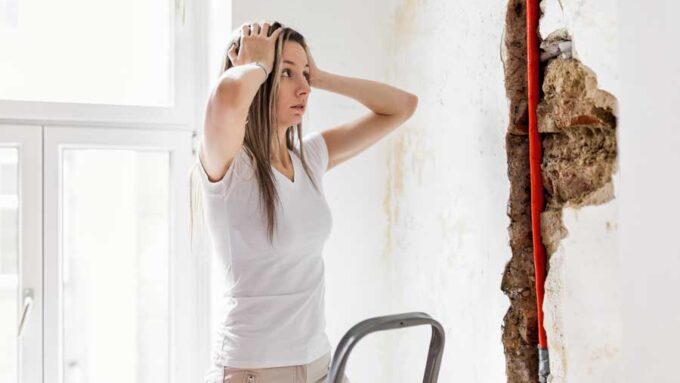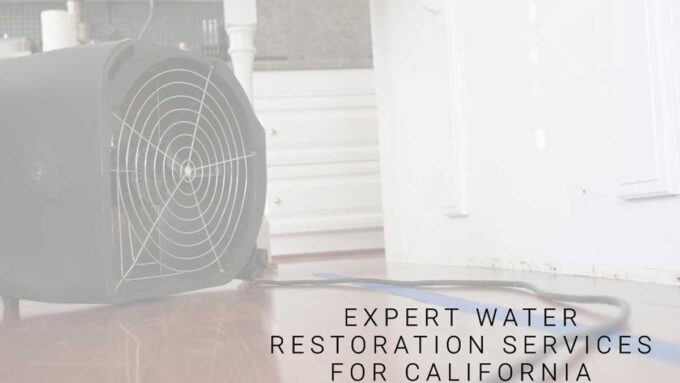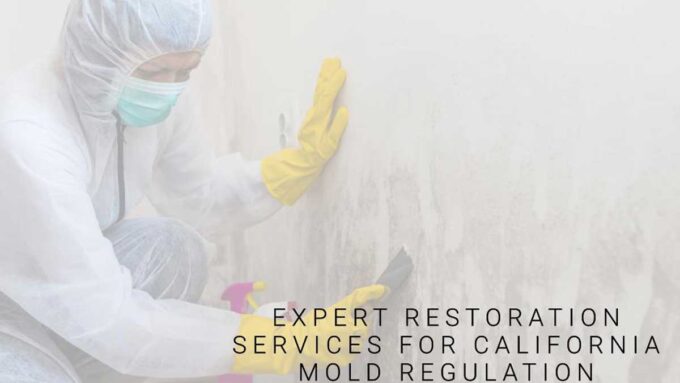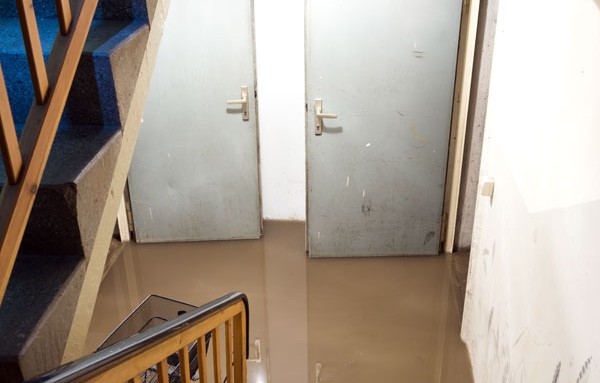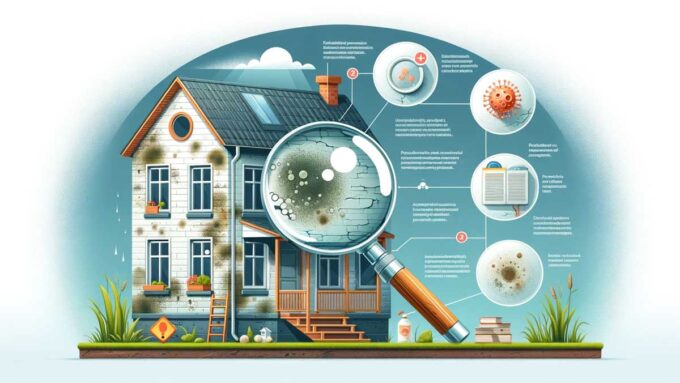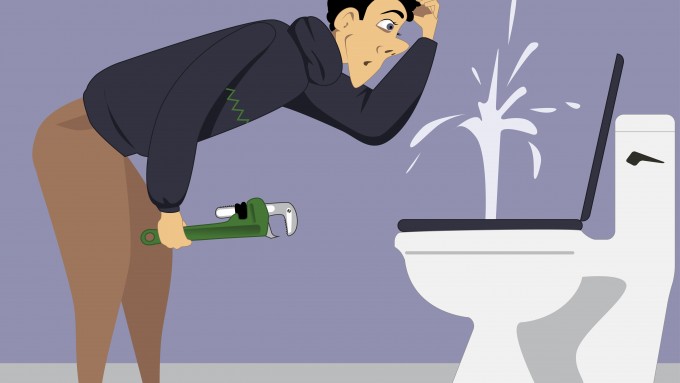You smell that tell-tale musty odor, you locate the source, but you aren’t certain whether or not the water damage you have found is new or has been there for a while. You definitely didn’t notice it before, but then again, it has occurred in a location that you don’t frequent on a daily basis. Should you take the wall apart in that area to see behind it? Should you get an area of the wall tested for mold? Or should you call a professional?
First, of course, you should determine if the water damage is new or old because that information will help to clarify what the next steps should be.
Below are some things you should be paying close attention to while determining the severity of the water damage.
What material has been damaged by water?
This will make a difference in the amount of damage the water has potentially done. Carpet, drywall, and hardwood are more porous than a material like brick and tile; therefore, if you notice water damage on either of those materials, it may be that the water damage is relatively new, since the water seeps through the material at a faster rate. If signs of water damage is on a material such as tile or brick, it is more likely that the damage has been there for quite some time, as it takes much longer for water to seep through to the surface of stronger materials such as these.
Pay close attention to the pattern of the water damaged area.
Experts say to look for rings. As water is damaging a surface intermittently, such as from a pipe or from weather, the area will eventually dry, then will get wet again once water is reintroduced to the same area—this causes rings. Discovering water rings indicates more serious water damage that has been happening for some time.
Touch the area to determine whether the damage is new or old.
- Wet + Firm = Water damage more than likely just recently occurred.
- Wet + Soft = Water damage more than likely is older and has been ongoing.
- Dry + Soft = Water damage more than likely is older and has been frequent but not recent.
- Wet + Soft + Strong material such as brick or tile = Definitely older water damage
Check for mold growth and damage.
Mildew and mold can begin growing within 24 to 28 hours of the water damage occurrence. To fully determine whether or not you have a mold problem, you can purchase a mold testing kit from online or your local hardware store, or you can call a professional to come out and assess the damage.
If in doubt, contact a professional ASAP.
Don’t wait too long to determine the severity of the water damage. Health-related issues from being exposed to mold can be detrimental and the longer you wait to clean the mold and restore the surface to its original form, the longer you will be dealing with poor air quality and the risk of mold spores flourishing even more so or traveling to other locations.
If you aren’t quite sure about a moldy situation inside of your home and are in need of an inspection and a cleanup from a restoration specialist, don’t worry—Restoration Certified Specialists, Inc. will take care of you! They have been proudly serving the Santa Rosa and North Bay areas since 1975.

